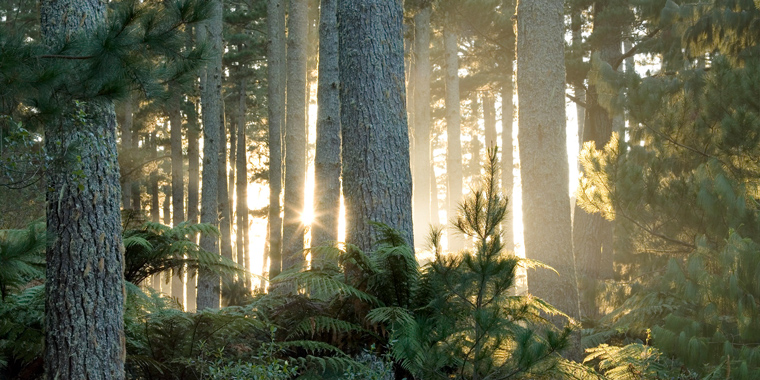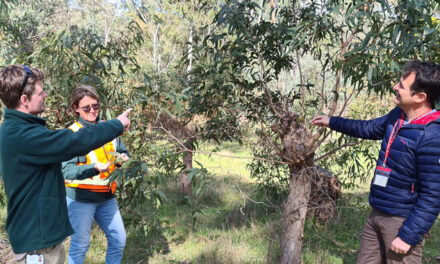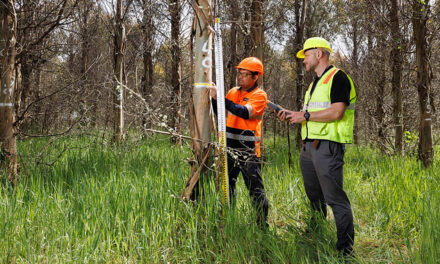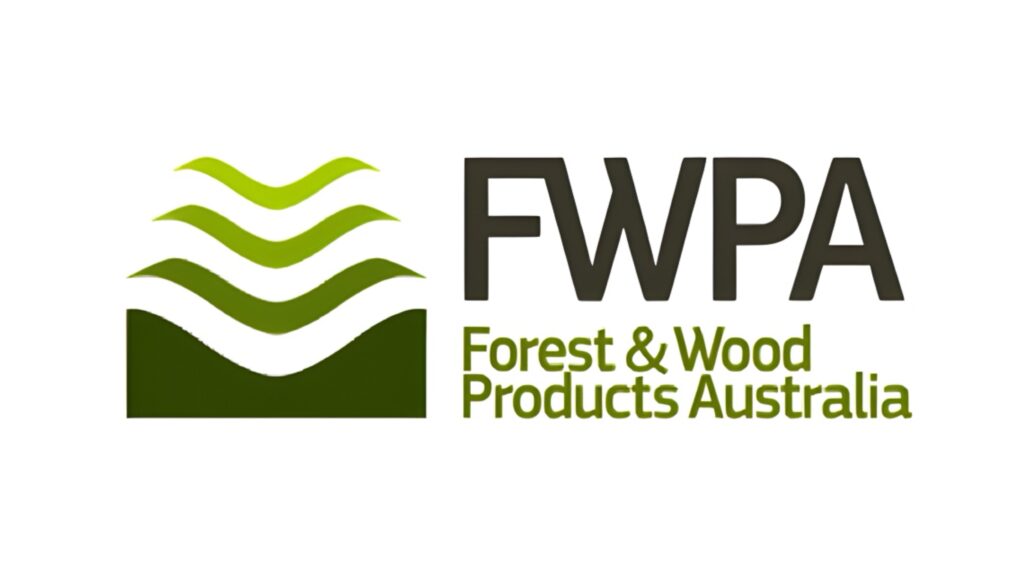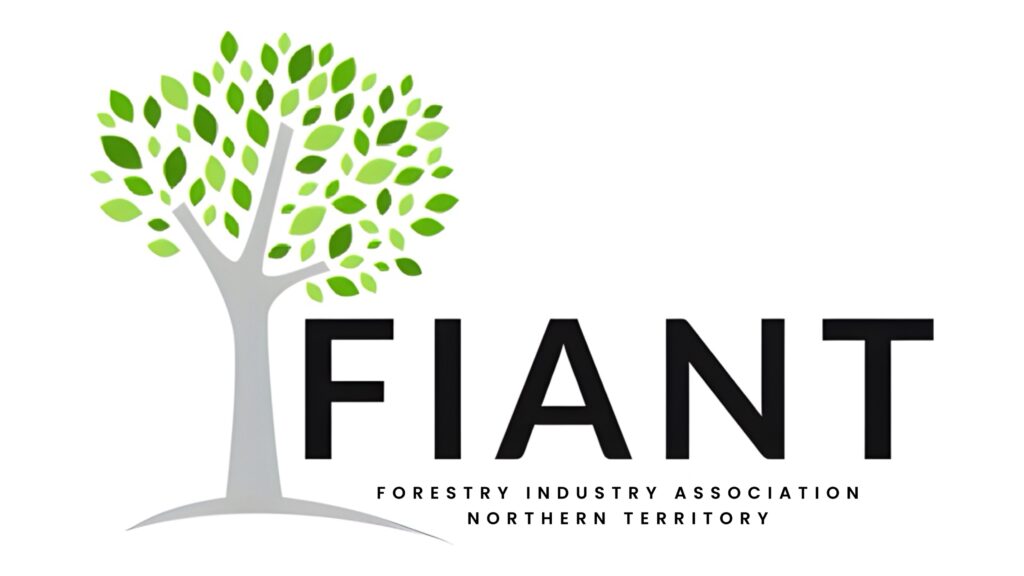NZ RESEARCH PAPER SUGGESTS MORE
DIVERSE FORESTRY MODELS NEEDED
Researchers at Scion recently released a discussion document on the concept of ‘transitional forestry’ – a reappraisal of what forests are for and how they are being used.
Timber & Forestry enews invited lead author Dr Alan Jones to outline how New Zealand could benefit from a shift away from the current binary management focus of production and conservation.
 Dr Jones and his colleagues are proposing that we also think about the opportunities “in the middle”. In other words, as a country looking to plant more trees to lock in carbon and meet our net-zero emissions goals by 2050, they are challenging us to not be so black and white in our approach.
Dr Jones and his colleagues are proposing that we also think about the opportunities “in the middle”. In other words, as a country looking to plant more trees to lock in carbon and meet our net-zero emissions goals by 2050, they are challenging us to not be so black and white in our approach.
Right on Scion’s doorstep is Whakarewarewa Forest, which simultaneously serves recreational users, a citizen scientist pest control community, iwi relationships and the planted forestry industry – thus delivering multiple benefits.
Although primarily managed for its export-quality radiata pine, the forest also features a range of indigenous plants and other exotic tree species.
For Dr Jones, it’s proof that a mixed-use, mixed species and mixed-age forestry model works well.
“Looking out my window, the forest is a useful case study and is an example of the range of values we could attach to New Zealand’s forestry landscapes in the future.”
The Scion paper considers the challenges involved in transitioning existing monoculture forestry into something more diverse, and the need to better understand forest dynamics and how different species might interact in a productive commercial forestry setting.
Dr Jones says that, currently, it is difficult to determine what combinations of exotics and natives might work in a New Zealand context because of the limited research available.
“However, international forest research has shown that mixing coniferous and deciduous, or non-deciduous broad-leaved trees can have benefits,” he continued.
“For example, mixed plantings may be able to store and retain soil carbon more effectively; may be more resilient to drought; more effective at nutrient recycling; more biodiverse across a range of taxa; and have greater productivity than monoculture stands. These major tree groups possess complementary functional traits that can provide beneficial outcomes for forests and the environment when managed correctly.”
He acknowledges that “transitioning even-aged monoculture pine forestry stands to uneven-aged stands that feature a mix of exotic and native species would take multiple harvest rotations and several decades for successful establishment – potentially with initial reductions to timber yields”.
But he adds that despite the ability of pine forests to sequester carbon and reduce erosion, there are growing calls for New Zealand’s forestry sector to become less reliant on one species for revenue.
“Climate change or biosecurity impacts [due to expanding international trade and travel] may eventually necessitate rapid changes away from a Pinus radiata-focused model.
“In this paper, we’re not saying highly productive forests aren’t needed. In fact, we see a future where production efficiencies will be enhanced with the increasing adoption of precision forestry techniques – think data-gathering technologies and automation.
“The transitional forestry model we illustrate in our paper describes a future where high-intensity, high-output clearfell forestry exists alongside a diverse array of other forest management types.
“There is good reason for this … because by doing everything we can to maximise production in select areas of land where high-intensity clearfell forestry is suitable, this will ‘free up’ other areas and resources for less intensive use. These less intensive uses include dedicated forest conservation, native afforestation, or continuous cover forestry.
“The key is that we need to recognise where each of these forms of management is appropriate. We want to invest heavily in high throughput clearfell forestry on land that will provide the greatest returns and minimal environmental risks.
“Alongside this we should maximise diverse types of slow-growth forest management in other locations where social, environmental and economic factors favour alternative forms of forest practice.”

